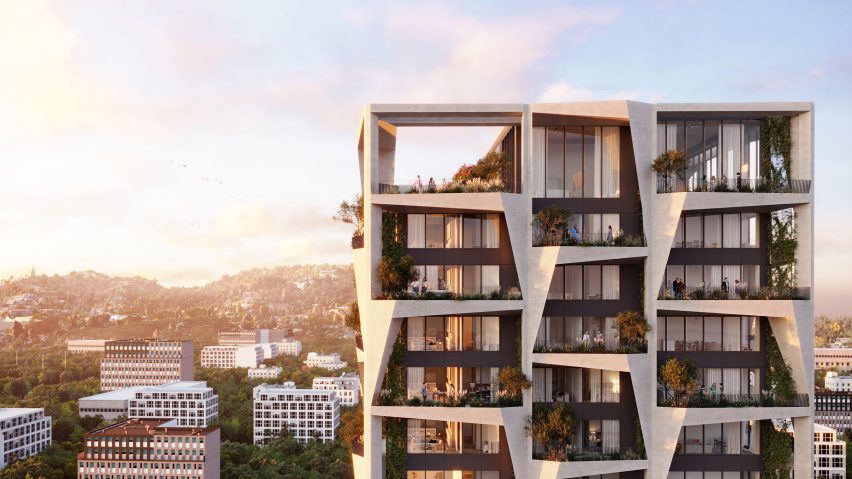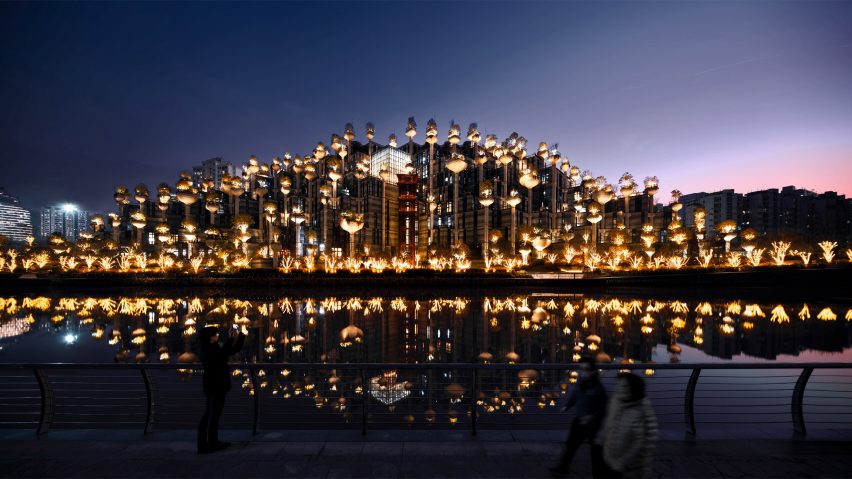
Commenter says the architecture profession is "undervalued and underpaid"
In this week's comments update, readers are debating plans by SHoP Architects' employees to form a union of architecture workers in response to an alleged culture of "endless overtime and deadlines" and discussing other top stories.
Employees of New York-based SHoP Architects have announced plans to form the first union of architecture workers since the 1940s.
Architectural Workers United filed an election petition with the National Labour Relations Board on 28 December, beginning the formal process of organising a union.
"The business structure of architecture has long been exploitive"
Readers are torn. "Good," said Chris on one hand.
"It is admirable," replied Christopher Osborn. "The crazy deadlines and all-nighters start in college, but they never stop. Now it's not the professors who are doing this, it's the clients."
"The profession is undervalued and underpaid," continued Ferran. "That is a fact. It is not just SHoP, it is the profession in general. The AIA needs to take note and come up with sustainable solutions to this issue."
Archi agreed: "The business structure of architecture has long been exploitive and a silver spoon man's game, mainly because we constantly defer risk to others. Our profession undercuts one another and proliferates free work through advanced proposals and competitions.
"We have the education and testing requirements similar to the medical field and get paid pennies for the bulk of our careers."
JB disagreed: "Sack 'em, I say. Take away their luxury accommodation and push them to the edge of civilisation – say, Brooklyn – and then we will see how these commies cope with their collective vision."
How do you feel about the union? Join the discussion ›

Commenter says "globalising multi-family design is not the solution" to "failures of housing"
Architect Bjarke Ingels has caused controversy by attempting to explain how his housing startup Nabr intends to revolutionise the housing sector. His remarks were made in an exclusive interview with Dezeen.
"I'm still lost on why this 'product' is superior to other homes?" said Rachel. "Electric cars gave an alternative to gasoline, Apple essentially gave us hand-held computers... I understand he wants to mass-produce buildings to bring down the costs, but what can I get from his product that I can't already get?"
JZ continued: "Thinking of apartments as products is the fricking problem, not the solution. Architecture, by definition, requires adaptation to climate, culture, etc. Globalising multi-family design is not the solution."
"If defining 'architecture as a consumer-facing product' is considered an innovation then what the heck was it until now?" asked Zea Newland.
Are readers missing the point? Join the discussion ›

Reader thinks the UK government forcing developers to meet £4 billion cladding costs is "the right move"
In the wake of the Grenfell Tower fire, homebuilders in England have been instructed by the government to fund the replacement of unsafe cladding on mid-rise blocks. Commenters are divided.
"This is the right move," said Bobby Dazzler. "The story will go on, though, as the developers will now fight for the cladding company to pay the costs."
"I don't understand how this cladding was ever allowed anywhere?" continued Sim. "Who overruled the rules that banned this cladding and why? Why do cladding manufacturers still sell this product if it is so flammable? Doesn't the government have a responsibility here for not protecting people?"
Apsco Radiales agreed: "Seems both are guilty of stupidity for allowing combustible materials in multi-tenant residential buildings."
Should homebuilders have to pay? Join the discussion ›

Commenter thinks 1,000 Trees shopping centre "represents the very worst of 1980s architecture"
Readers are still discussing British designer Thomas Heatherwick's plant-covered shopping centre in Shanghai, China, which attracted comments last month when the first images of it were released.
Heatherwick has since replied during an exclusive interview with Dezeen, saying "we all need places that trigger a response".
"It represents the very worst of 1980s architecture and shopping mall culture," said Alfred Hitchcock. "It's a dinosaur of a building and the trees gimmick doesn't really help."
"Interesting," continued Alexander. "But not beautiful in my honest opinion. Maybe when the trees have matured it could look better?"
Clunking Fist was more positive: "Whatever the haters say, it is zillions times better than the structures just across the river. So you could argue it has improved the area."
Are you a fan of the 1,000 Trees shopping centre? Join the discussion ›
Comments update
Dezeen is the world's most commented architecture and design magazine, receiving thousands of comments each month from readers. Keep up to date on the latest discussions on our comments page.